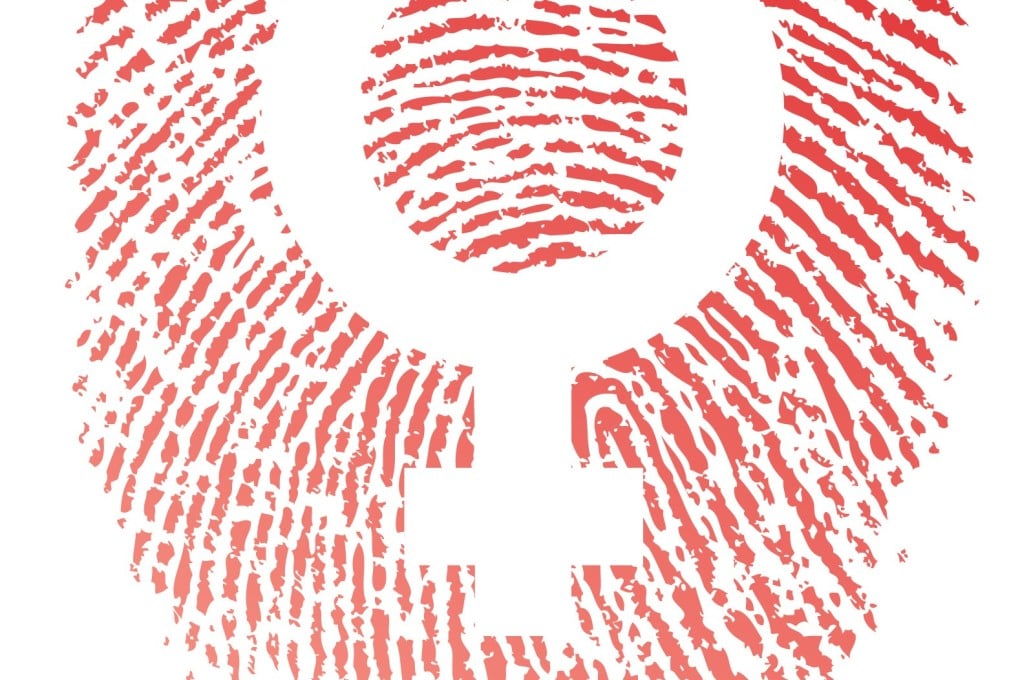Language Matters | Where the word ‘woman’ comes from and how it has evolved with the times
- No, it is not composed of womb, woe or wee with ‘man’, as folk etymology would have you believe
- Gender-fluid spellings – ‘womxn’, ‘womyn’, ‘womon’ – are becoming more widely used, but where did they come from?

Just as “history” is not derived from his + story (or as some pun, her + story), as folk etymology would have it, neither is “woman” from womb/woe/wee + man.
The early Old English (OE) wif – from the Proto-Germanic wibam, “woman” – originally denoted a female, and later became the Middle English (ME) wif, wiif, wyf.
By 1175 it was starting to be used to mean a married female, with the two meanings coexisting until the late 16th century. Another meaning of market trader or saleswoman emerged in the late 14th century, which survives in such sayings as “to swear like a fishwife”.
An OE word for a man was wer – we still see this today in werewolf; wer + wulf (wolf). The word mann, from the Proto-Indo-European root man, tended to be gender neutral, meaning “someone, one, human”. Only after the Norman conquest, in the 11th century, did mann start narrowing to be used more for males, replacing wer by around the late 13th century.
With wif acquiring more specific meanings, the word “woman” was formed by compounding wif + mann.

Over time, the “f” mutated into “m”. And in early Middle English, the “ee” vowel in the first syllable became rounded to “o” or “u” as a consequence of the preceding labial “w” (a sound that uses the lips), with spelling changed accordingly.
